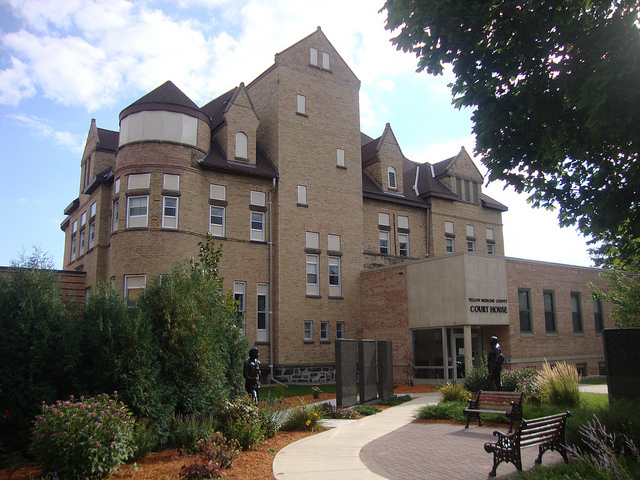An especially unique feature of Antelope Valley is the occurrence of wet saline prairie, found in low areas where mineral salts accumulate at the soil surface. As described in the Minnesota Biological Survey (MBS) report, Native Plant Communities and Rare Species of the Minnesota River Valley, remnants of wet saline prairies are extremely rare in the Minnesota River valley region. They were documented by MBS only within broad, shallow drainages in the nearly level, rolling till plain of western Yellow Medicine County.
Areas of wet saline prairie here are characterized by grasses such as little bluestem, switchgrass and prairie cordgrass, and flowering plants such as heath aster, western ragweed and Canada goldenrod. Two saline prairie plant species very rarely seen in southern Minnesota have also been documented: Hall's sedge and plains bluegrass (Poa arida). Both are Great Plains species that reach the eastern end of their distribution in western Minnesota.
While most of this site is ranked as having high biodiversity significance, the 40-acre former hay meadow in the southeastern corner of the site contains the highest quality prairie. Management of this SNA will focus on control of invasive Russian olive, restoration of degraded areas with native prairie seed, and reintroduction of prescribed fire.
This SNA is part of a string of public conservation lands that include the Upper, Middle, and Lower Antelope Valley WMAs. A low-lying area dominated by wetlands, the valley has its origins in the retreat of the last continental ice sheet from the third (so-called Antelope) moraine, one of a series of 12 mapped in Minnesota. The name recalls a time when the range of pronghorn extended as far east as the Mississippi River.
While an errant antelope could conceivably wander across the border from the Dakotas, visitors are better advised to keep an ear tuned for the "wolf whistle" song of Upland Sandpipers, who have been observed here during their breeding season. In a profile of the species, MBS ornithologist Steve Stucker describes the Upland Sandpiper as one of the "quintessential birds of the prairie." It's one of only a few sandpiper species that nest in the state, and (unlike most sandpipers, which are associated with aquatic habitats) is terrestrial. Listen while you can, between April and August, since by September they'll be gone—headed back to their South American wintering grounds. Fortunately, Antelope Valley SNA will be here for their return.

